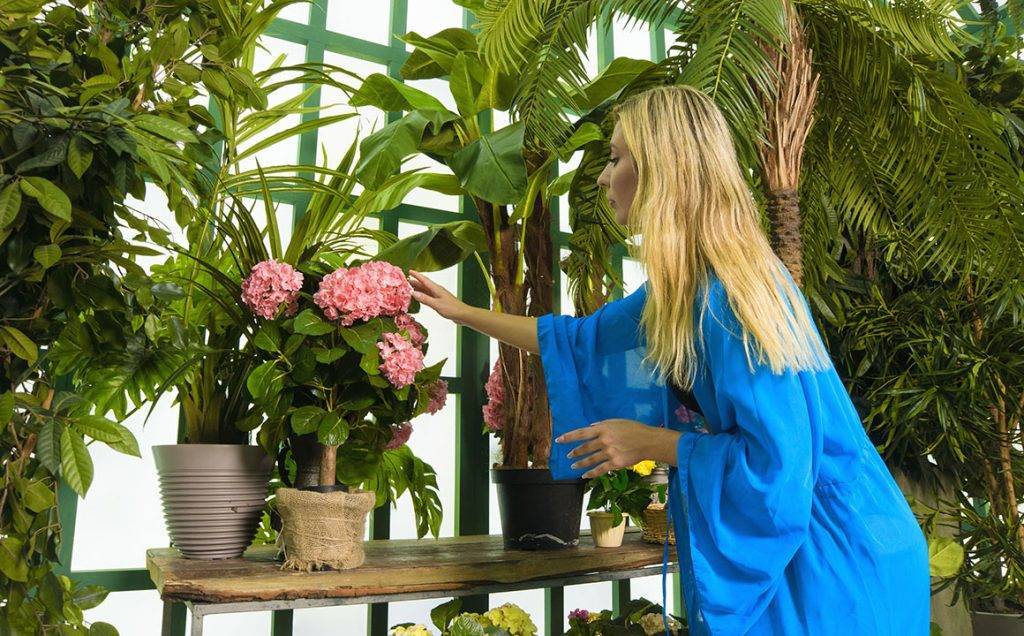As winter’s chill sets in, the time has come to turn our attention to the cherished houseplants that have been basking outdoors. This comprehensive guide aims to equip you with a wealth of knowledge on bringing houseplants indoors for the winter, ensuring a seamless transition and nurturing environment during the colder months.
Understanding Your Houseplants’ Needs
Before ushering your green companions indoors, a deep understanding of their individual needs is essential. Take note of their specific light requirements, water preferences, and ideal temperature ranges. Categorize your houseplants based on these criteria to develop a strategic plan for their winter stay indoors. This personalized approach lays the foundation for a successful transition.
Transitioning with Care
The abrupt shift from outdoor to indoor environments can be a shock for plants. To facilitate a smooth transition, embark on a gradual acclimatization process. Begin by bringing them indoors for short periods during the milder days of fall. This gentle introduction helps plants adjust to lower light levels and drier indoor air, minimizing stress and promoting a healthy shift.
Pest Prevention
Before the indoor migration, conduct a meticulous inspection to identify any unwelcome pests that might have taken residence during the outdoor stint. Insects such as spider mites or aphids can be addressed with appropriate measures. Consider isolating affected plants from healthy ones to prevent potential infestations from spreading indoors. This proactive approach ensures a pest-free indoor environment.
Pruning and Grooming
Prepare your houseplants for their indoor retreat with a winter haircut. Prune away leggy growth, dead or yellowing leaves, and any unwanted branches. This not only enhances the aesthetic appeal but also directs the plant’s energy towards healthy growth. Grooming aids in better air circulation and reduces the risk of diseases, laying the groundwork for a flourishing indoor season.
Choosing the Right Indoor Spot
The key to a thriving indoor garden lies in selecting suitable spots based on your houseplants’ light requirements. South-facing windows offer the most sunlight, catering to the needs of sun-loving plants. For low-light varieties, identify spaces with filtered or indirect sunlight. Additionally, be mindful of temperature variations; most houseplants flourish in the temperature range of 60-75°F (15-24°C).
Adjusting Watering Routines
Winter often brings lower humidity levels indoors. Adjust your watering routine accordingly, prioritizing soil moisture over a fixed schedule. Check the moisture level by feeling the soil; if it’s dry about an inch below the surface, it’s time to water. Overwatering, a common winter woe, can lead to root rot, so let the soil guide your watering habits. This mindful approach safeguards against moisture-related issues.
Creating Humidity Havens
Combat the dry air generated by indoor heating systems by grouping plants together to create a microenvironment with slightly higher humidity. Intermittent misting provides a quick moisture boost. Exercise caution not to overdo it, as excessive moisture on leaves can lead to fungal problems. These tactics collectively contribute to maintaining an optimal humidity level for your houseplants.
Monitoring for Signs of Stress
The transition indoors might cause your houseplants to exhibit signs of stress. Vigilantly observe for yellowing leaves, which could indicate light or water issues. Regular monitoring for pests, especially in the initial weeks, allows for early detection and prompt treatment. This proactive approach safeguards against potential infestations, ensuring a healthy indoor environment for your plants after bringing houseplants indoors.
Maintaining a Consistent Environment
Just like humans, houseplants appreciate a stable environment. Minimize exposure to drafts from windows or doors, which can result in temperature fluctuations. Drafts can stress plants, making them more susceptible to diseases and pests. Position your plants away from potential sources of drafts to maintain a stable and nurturing indoor environment throughout the winter.

